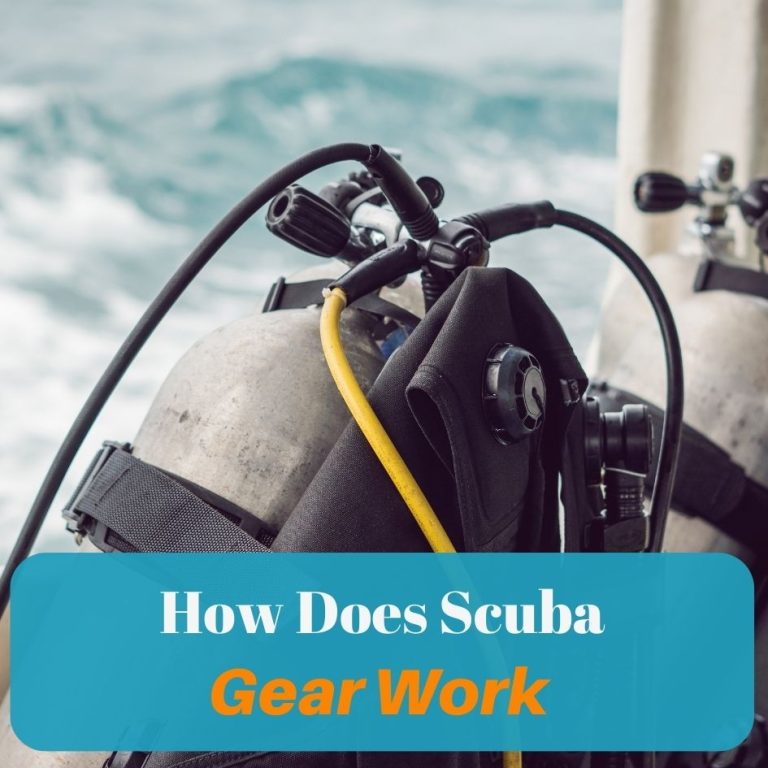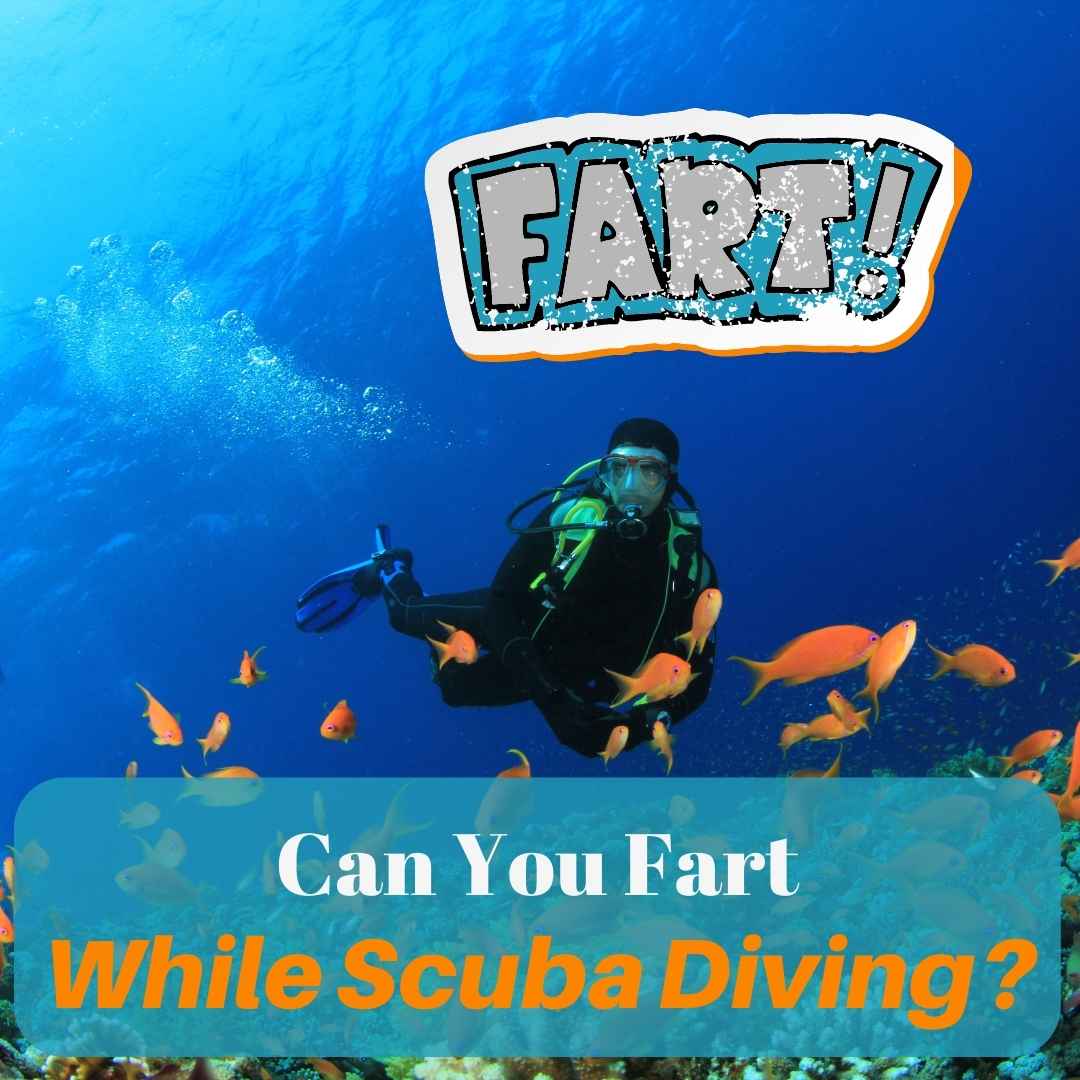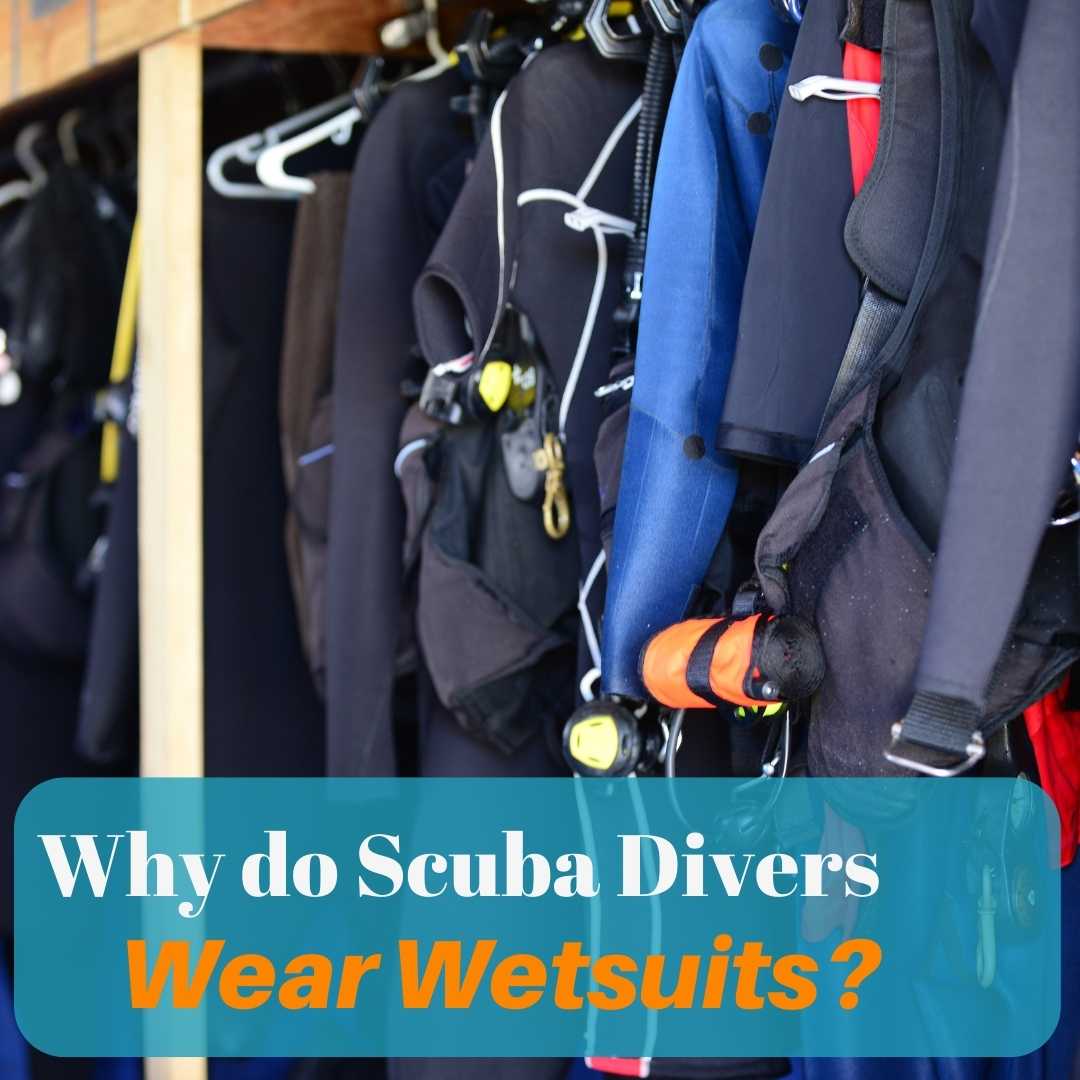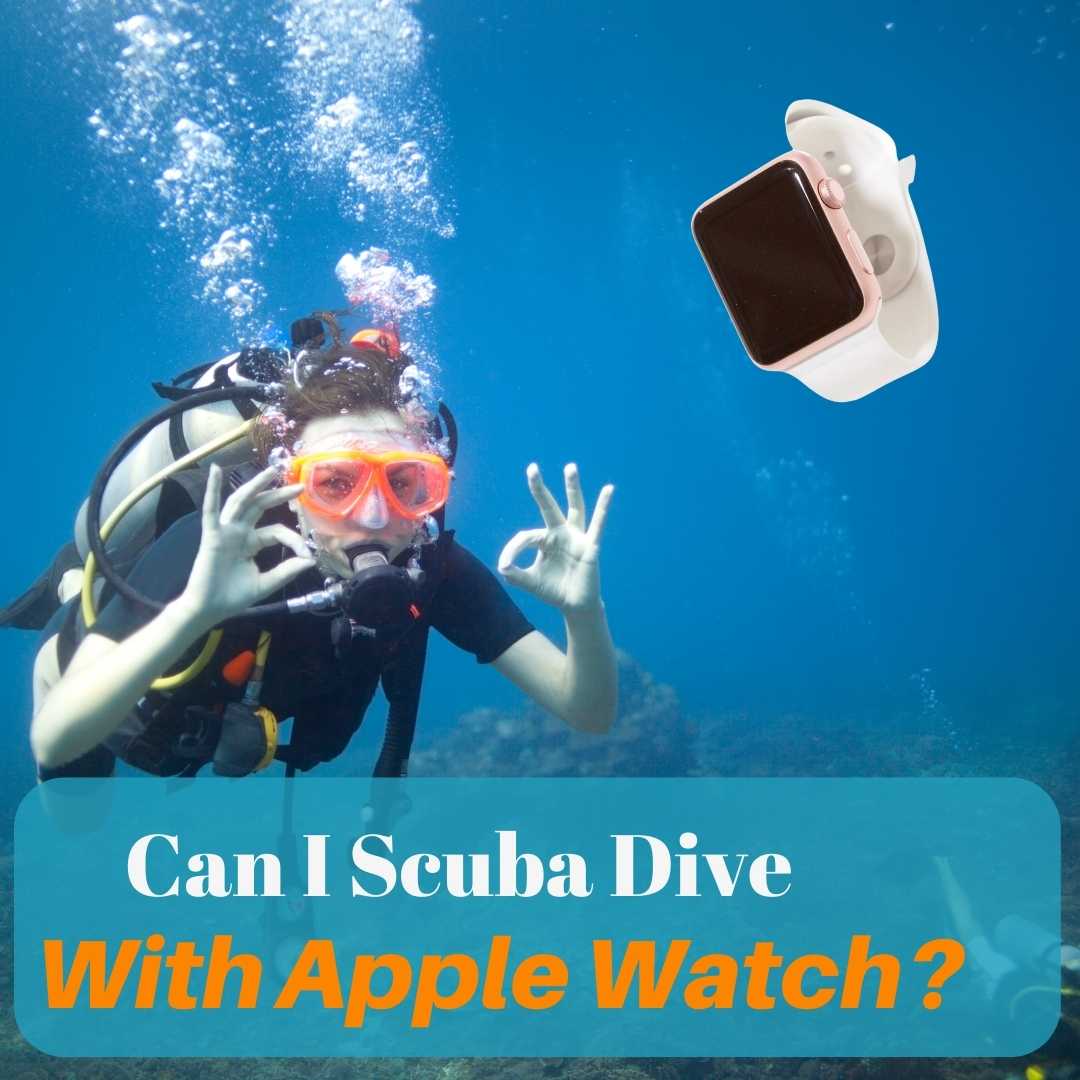Scuba diving provides an immersive experience into an underwater world that’s teeming with life, but it’s the sophisticated scuba gear that makes this exploration possible. At the heart of scuba diving is the Self-Contained Underwater Breathing Apparatus, or SCUBA, which enables divers to breathe under the immense pressure of the water’s depths. The apparatus is a marvel of engineering, designed to address the unique challenges posed by the aquatic environment.

The functionality of scuba gear hinges on its ability to provide breathable air at the right pressure. High-pressure gas stored in scuba tanks is converted by a regulator into a safe, breathable form. The regulator is a critical component, comprised of two main stages, each playing a vital role in the delivery of air to the diver. With the assistance of additional equipment such as the buoyancy control device (BCD) and various safety instruments, divers can maintain control and monitor critical details such as depth, dive time, and air supply.
Key Takeaways
- Scuba gear allows for safe underwater breathing and exploration.
- Regulators are essential for converting high-pressure gas to a breathable form.
- Additional equipment like the BCD and safety instruments are crucial for a diver’s control and safety.
Table of Contents
Fundamentals of Scuba Diving

Scuba diving allows people to explore underwater environments by using specific gear designed for breathing underwater and adapting to pressure changes. Understanding the breathing apparatus and how to manage buoyancy and pressure are crucial for a safe and enjoyable dive.
Breathing Underwater
A scuba diver breathes underwater through a regulator, which is connected to a scuba tank. The tank contains compressed air or a mixture of gases, which is delivered to the diver at ambient pressure through the regulator’s mouthpiece. This setup enables the diver to inhale and exhale comfortably underwater.
Scuba Tanks
- Material: Usually aluminum or steel
- Capacity: Commonly ranges from 10 to 15 liters
Regulators
- First stage: Attaches to the tank, reduces incoming pressure
- Second stage: The mouthpiece from which the diver breathes
Pressure and Buoyancy Control
Responding to changing pressure and maintaining buoyancy are vital for maintaining a diver’s safety and comfort in the water.
Adapting to Pressure
- Equalization Techniques: To balance the pressure in air spaces (ears and sinuses), divers perform equalization techniques, such as pinching the nose and gently blowing.
Buoyancy Control
- BCD (Buoyancy Control Device): Allows divers to achieve neutral buoyancy, which is essential for effortless floating and protecting marine life by avoiding contact with the bottom.
- Weights: Used to counteract buoyancy, ensuring the diver can descend.
- Controlled Breathing: Plays a significant role in buoyancy—deep breaths make a diver more buoyant; exhaling helps them sink.
Scuba Gear Components

Scuba gear is essential for breathing and maneuvering underwater. Each component plays a specific role in supporting a diver’s underwater experience.
Scuba Tank
The scuba tank is a durable cylinder made of steel or aluminum, designed to hold compressed air or a mix of gases. It provides a diver with a portable air supply. The tank’s size and pressure capacity determine how long a diver can remain underwater.
Regulator and Mouthpiece
The regulator is integral to a diver’s air supply system. It consists of a first stage that attaches to the scuba tank and reduces the high pressure of the stored air to an intermediate pressure. The second stage or mouthpiece provides breathable air at ambient water pressure as the diver inhales.
Buoyancy Control Device (BCD)
A Buoyancy Control Device (BCD), also known as a stabilizing jacket, enables divers to manage their buoyancy. It allows them to float, hover, or sink by adjusting the volume of air in the jacket.
Dive Computer
A dive computer is a sophisticated device worn by divers to monitor dive time, depth, ascent rate, and no-decompression limits. It uses algorithms to track the nitrogen absorption in a diver’s body, essential for planning safe dive profiles and preventing decompression sickness.
Safety and Maintenance
In scuba diving, safety and maintenance are critical. They ensure the functional integrity of gear and prepare divers for underwater emergencies.
Regular Gear Checks
A diver must inspect their equipment before each dive. Key components to check include:
- Regulators: Ensure they deliver air at the correct pressures and do not free-flow.
- Tanks: Verify that they are filled to the appropriate pressure and have no visible damage or rust.
- Buoyancy Control Devices (BCDs): Check for leaks and confirm that all valves and inflators work properly.
- Dive Computers and Gauges: Ensure they are functional and batteries are charged.
During these checks, all equipment should be clean and free from defects.
Understanding Dive Tables
Divers must comprehend and use dive tables to plan their dives and avoid decompression sickness. Dive tables provide important information:
- Maximum dive times at certain depths
- Surface interval requirements
- Repetitive dive guidelines
These tables are pivotal for calculating nitrogen absorption and planning safe dive profiles.
Emergency Protocols
Divers should be familiar with emergency procedures which include:
- Establishing an Emergency Action Plan (EAP): This outlines steps to manage diving emergencies.
- Regular practice of skills: Such as mask clearing, regulator recovery, and emergency ascents.
- Knowing how to use safety equipment: Such as surface marker buoys (SMBs), dive flags, and audible signaling devices.
Divers should also have up-to-date training in first aid and CPR specifically for diving-related incidents.
Frequently Asked Questions
In this section, we address some of the most common inquiries about scuba gear, providing clear explanations to enhance understanding of its operation and use.
How does a scuba regulator manage breathing gas pressure?
A scuba regulator controls the pressure of the breathing gas by reducing the high pressure from the tank to an ambient pressure that can be safely inhaled. It operates through a two-stage process: the first stage attaches to the tank, decreasing gas pressure to an intermediate level, while the second stage delivers breathable air to the diver via the mouthpiece.
What is the duration of underwater breathing with typical scuba gear?
The duration of underwater breathing with typical scuba gear depends on several factors, including the size of the tank, the depth of the dive, and the breathing rate of the diver. On average, a standard-sized tank may allow for about 45-60 minutes of diving time at moderate depths.
What are the fundamental principles of scuba diving?
The fundamental principles of scuba diving encompass understanding and managing buoyancy, breathing continuously without holding breath, equalizing pressure within air spaces of the body, and planning dives to limit decompression sickness risk. These principles are vital for safe and enjoyable underwater experiences.
How is buoyancy controlled while wearing scuba gear?
Buoyancy is controlled while wearing scuba gear through the use of a Buoyancy Control Device (BCD). The BCD can be inflated to increase buoyancy and ascend or deflated to decrease buoyancy and descend. Divers adjust the amount of air in their BCD to achieve neutral buoyancy for effortless underwater positioning.
How has scuba diving impacted marine science research?
Scuba diving has greatly impacted marine science research by enabling direct observation and study of marine ecosystems, collecting underwater scientific data, and assisting in conservation efforts. It has become an essential tool for marine biologists and researchers in exploring and understanding aquatic life.
What are the differences between scuba diving and snorkeling?
The differences between scuba diving and snorkeling lie in the equipment used and the depth of exploration. Snorkeling involves breathing through a snorkel at the water’s surface, while scuba diving uses a tank and regulator to breathe underwater at various depths, allowing for extended and deeper exploration.




